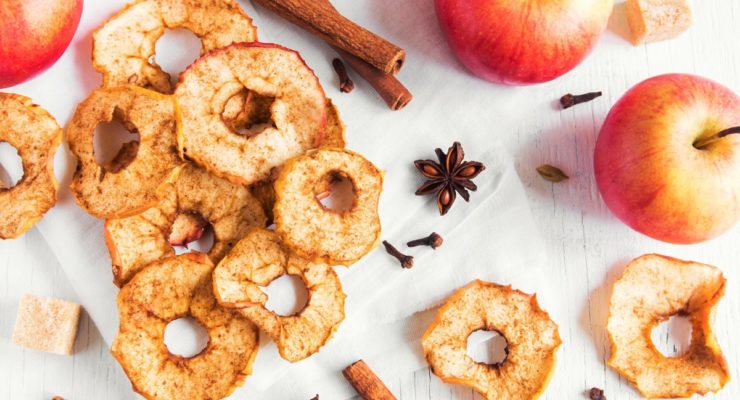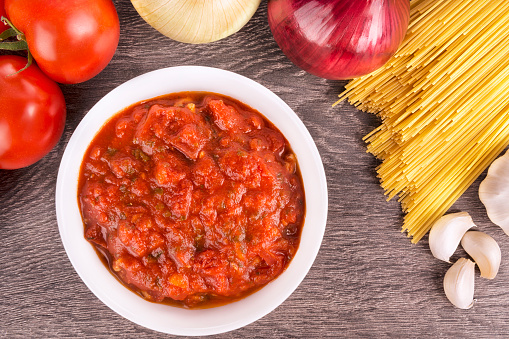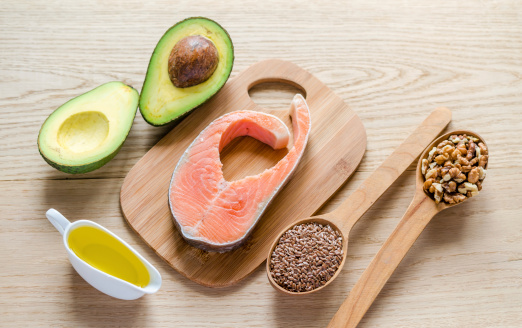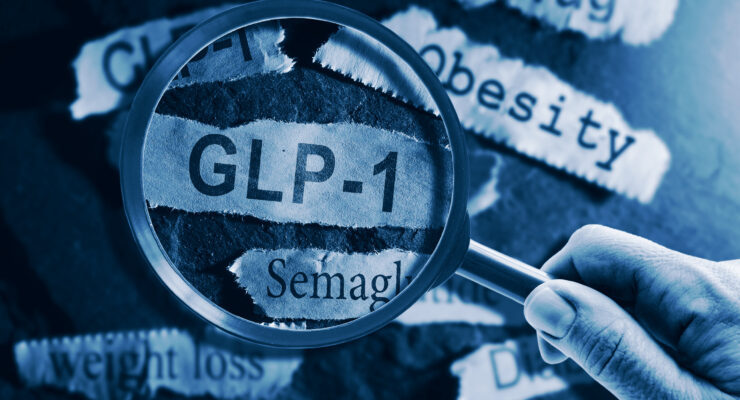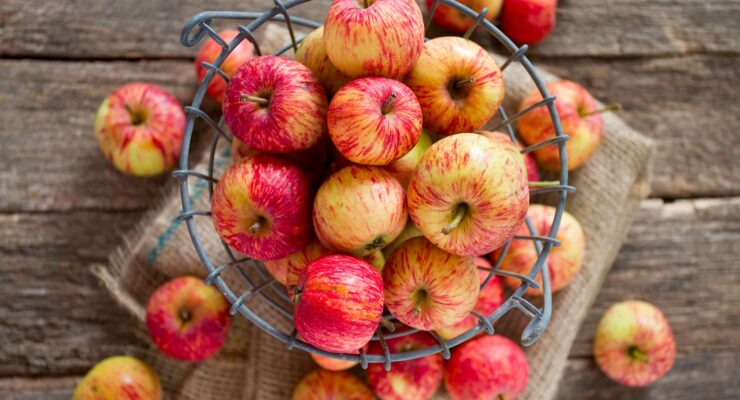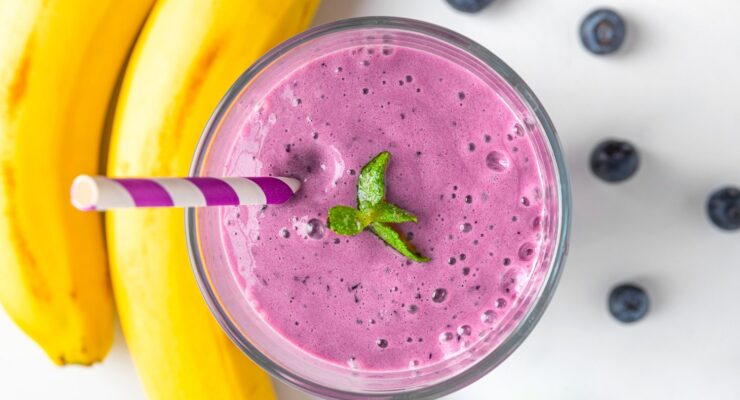6 Signs You’re Eating Too Much Sugar
Article posted in: Diet & Nutrition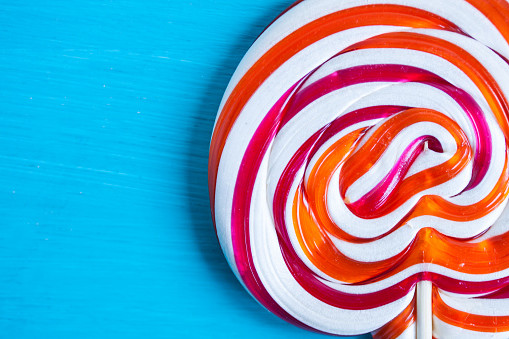
Got a sweet tooth? You can thank mom and dad: Some research suggests that a preference for sugar maybe programmed in our DNA. Unfortunately, excess sugar is more than just a preference for the sweet stuff. It’s a health risk.
On average, Americans consume more than 24 teaspoons of sugar every day. That translates to more than 350 calories from sugar alone. In 2009, the American Heart Association entered the great added sugar debate, adding their own recommendations for intake: 100 calories per day for women and 150 calories per day for men.
Why so strict? The scientific evidence against added sugar intake is growing fast. The risk of obesity is obvious. But added sugars, especially from sugar sweetened beverages, increase your risk for dyslipidemia (fat in your blood) and high blood pressure. All of these factors are direct contributors to cardiovascular disease, raising the red flag for the American Heart Association.
Added sugar hides in many places. (Find out the top 11 sneaky sources of added sugar here.) While the natural sugars found in dairy and fruit are not a concern, sugars added to processed foods and beverages are not so innocent (Learn about the differences between added and natural sugars here). Sugar adds to the pleasure of eating, creating a cycle of cravings and crashes.
Luckily, if you’re on a Nutrisystem® weight loss plan, you don’t have to worry about too many added sugars. However, you do need to be careful that you’re making smart choices when selecting add-ins like PowerFuels, SmartCarbs and Extras, as added sugars are often hiding in large amounts in seemingly healthy foods.
So how do you know if you’re consuming too much sugar? Take inventory.
If you’re experiencing any of the six symptoms below, you may need to take a closer look at the added sugar in your diet and re-examine those nutrition labels.
1. Excess weight
The scale may tell the whole tale. See the numbers going up? Losing the weight loss battle? Faye Berger Mitchell, RD, LDN, nutritionist, author and speaker says excess sugar often translates to excess calories which will contribute to weight gain.
A review in the American Journal of Public Health published in 2007 found that higher intakes of sugar sweetened beverages were associated with higher body weights and lower intakes of other nutrients. The good news is, a decrease in consumption of these beverages was also associated with greater weight loss. Adding fuel to the fire, a larger follow up study concluded that sweetened beverages were associated with an increased risk of heart disease.
Swap out the sugar sweetened beverages for water, unsweetened seltzer or iced tea. It may be the easiest way to cut calories and sugar without making dramatic changes.
2. Breakouts
Feeling like a teenager going through puberty all over again? A study in the Journal of the Academy of Nutrition and Dietetics revealed a relationship between a high-sugar diet and acne. The more sugar that was consumed, the more severe the acne.
Sugar may increase the hormones that indirectly cause acne. The insulin spike that happens after sugar consumption may also cause inflammation throughout the body, which can wreak havoc on your skin. Avoid processed foods, refined carbohydrates and sugar sweetened treats. Fill your diet with healthy fats to reduce inflammation and complex carbohydrates to help control your blood sugar.
3. High blood pressure
The Framingham Heart Study concluded that one or more soft drinks per day significantly increased the odds of developing high blood pressure. The good news? Cutting out just one sugar-sweetened beverage daily may significantly reduce your blood pressure. And so it goes: Slow and steady wins the race.
4. High triglycerides
According to the American Heart Association, it’s an excess of added sugar—not fat—that may be to blame for those rising triglyceride numbers. This is ironic considering a fear of fat has many people opting for low-fat everything. But, in order to preserve the flavor that is lost with the removal of fat, many companies add sugar. Lots and lots of sugar.
Mitchell has found that the media often confuses people with inaccurate and sensationalized headlines. The consumer often hears one thing: Eat low-fat. Carbs good. Fats bad. But healthy fats (think mono- and poly-unsaturated fats) are not to be feared.
Mitchell recommends healthy fats in her patients’ diets. Aside from playing a key role in many internal processes, Mitchell explains that “fat is really important for satiety and fullness.” Thus, avoiding fat altogether can cause increased hunger and over-consumption. Just be sure to opt for healthy fats like those found in avocados, nuts, and olive oil. And be sure to read the nutrition labels of your favorite low-fat foods. Don’t be fooled by foods that skimp on fat but pile on sugar.
5. You crave it
Your brain sees sugar as a reward. Sugar cravings don’t necessarily mean your body needs food. Eating added sugars spikes your blood glucose, giving you that sugar high. Natural sugars in fruits and dairy may give you a boost without a high because they contain healthy fats and fiber, slowing digestion and managing blood sugar levels. Need a little help beating those sweet treat cravings? We’ve got you covered right here.
6. And then… you crash
You’ve flooded your body with sugar, and now you have to move all that glucose out of your blood. This may cause extreme peaks and valleys in sugar levels.
Mitchell explains, “Some people will experience a reactive low blood sugar after eating too much sugar at one time. Initially, the blood sugar will go up after eating sugar, and if your body is functioning properly, insulin will be released to lower your blood sugar to the normal range. In some people, though, the blood sugar can go too low and the person may become lightheaded, dizzy and shaky.”
Avoid the crash by avoiding the high. Eat when you’re hungry. Keeping your blood sugar stable throughout the day with frequent small meals containing healthy fats, protein and complex carbohydrates can keep the sugar cravings under control.

